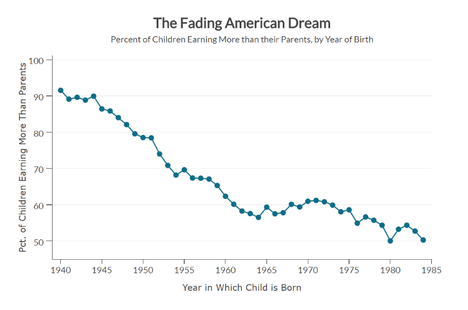(p. A13) . . . [one] source of underestimation of growth is the failure to capture the benefit of new goods and services. Here’s how the current procedure works: When a new product is developed and sold to the public, its market value enters into nominal gross domestic product. But there is no attempt to take into account the full value to consumers created by the new product per se.
Think about statins, the remarkable class of drugs that lower cholesterol and reduce deaths from heart attacks. By 2003 statins were the best-selling pharmaceutical product in history. The total dollar amount of statin sales was counted in GDP, but the government’s measure of real income never included anything for improvements in health that resulted from statins–such as a one-third decrease in the death rate from heart disease among those over 65 between 2000 and 2007.
Or consider consumer electronics. New York University economist William Easterly recently tweeted an image of a 1991 RadioShack newspaper ad and noted that all the functions of the devices on sale–clock radio, calculator, cellphone, tape-recorder, compact-disk player, camcorder, desktop computer–are “now available on a $200 smartphone.” The benefits to consumers from these advances don’t show up in GDP.
For the full commentary, see:
Martin Feldstein. “We’re Richer Than We Realize; The official economic statistics fail to account for quality improvements and new products.” The Wall Street Journal (Sat., Sept. 9, 2017): A13.
(Note: ellipsis, and bracketed word, added.)
(Note: the online version of the commentary has the date Sept. 8, 2017.)

